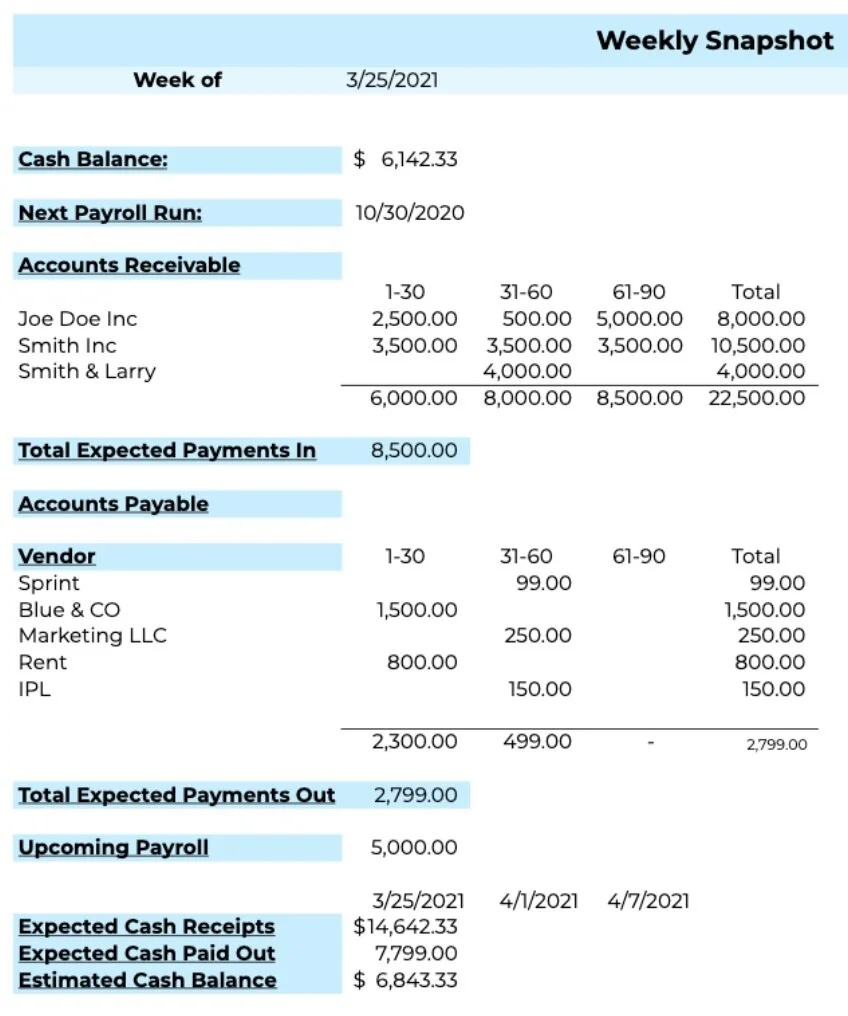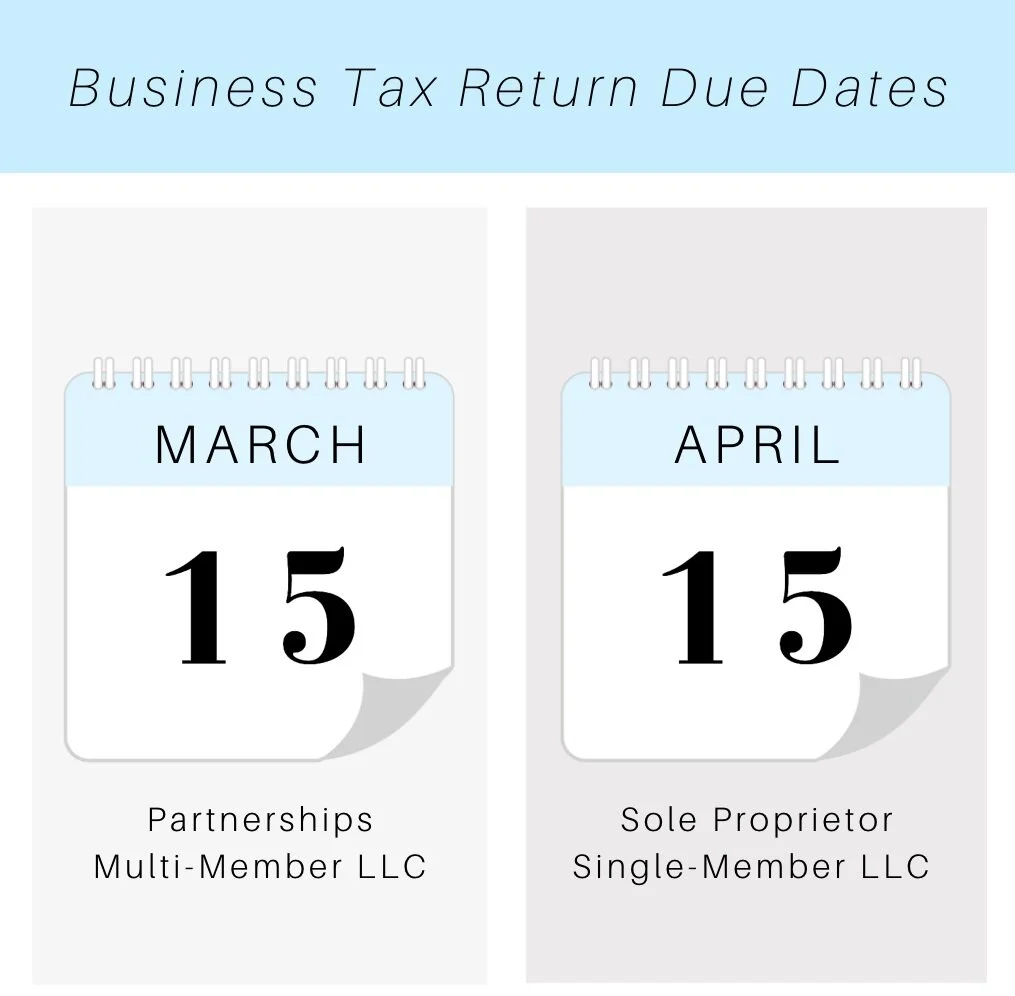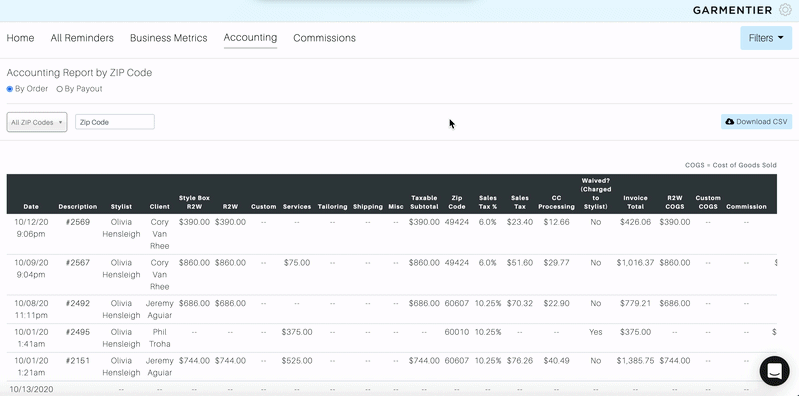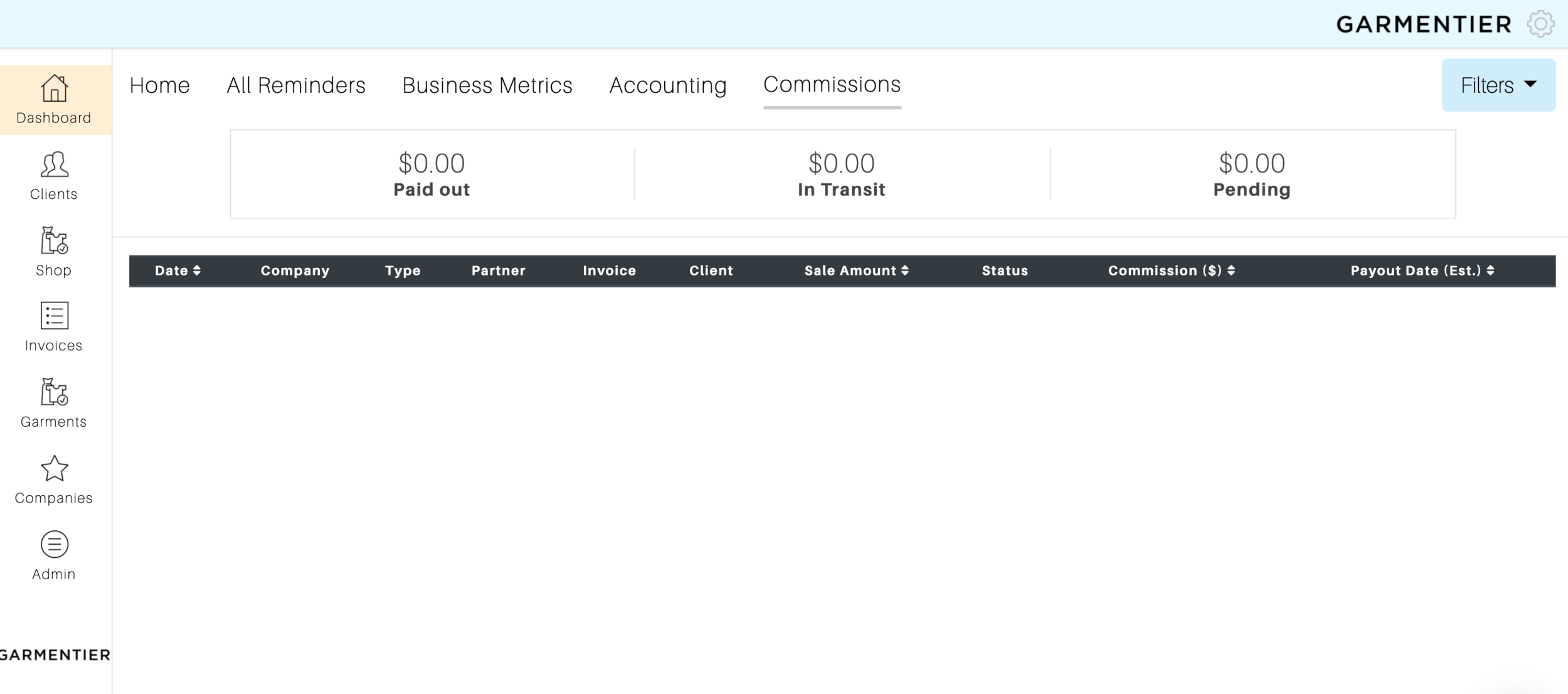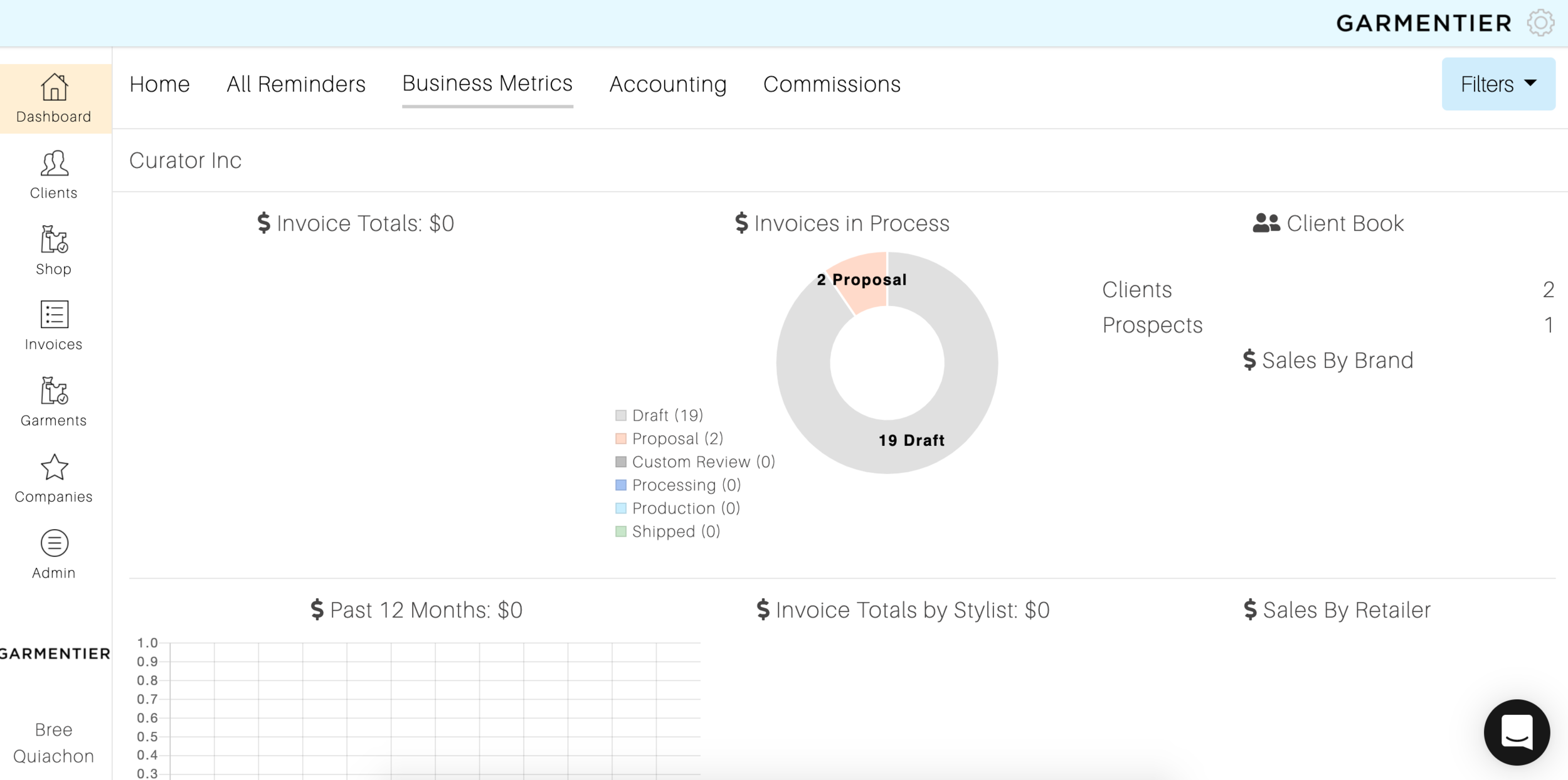the accounting stuff
ACCOUNTING & finance Basics
Step 1: know the terminology. Download the Accounting Terms To Know worksheet!
SET UP YOUR BUSINESS ACCOUNTS
A business checking account and a business credit card are going to help you keep your work and personal finances separate. Depending on what bank you usually work with, look into what options they have to start a business account. Some banks will offer you bonuses depending on how much and how quickly you deposit in the account in the beginning.
Why do I need to do this?
Opening your business account is the best way to avoid mixing your personal expenses with your business expenses! With these separate, it’s easier to track your expenses, revenue, and makes tax season much easier. We recommend opening up a business checking account to get started then beginning your business savings account and/or business tax savings account. A savings account can boost your business credit, earn interest, and help you maintain minimum balance requirements.
Okay, I’m convinced…now how do I go about it?
Shop around for the bank and cards that are right for you
Always compare fee structures!
Everything is negotiable.
Combination of CC’s and banking accounts - ideal: Checking, Savings, and CC.
Open your business checking account
This is where many entrepreneurs choose to pay their expenses from, unless they are using a credit card.
Open your business savings account
A savings account will organize funds and plan for taxes
Consider a business credit card
Credit is important for your business to secure funding!
CREATE YOUR OWN ACCOUNTING PROCESS & ALWAYS TRACK YOUR EXPENSES
The foundation of building a solid business is accurate expense tracking. We track expenses to:
Monitor growth
Build financial statements
Keep track of deductible expenses
Prepare tax returns
Legitimize your filings
Types of receipts to pay special attention to-:
Out of town business travel
Transportation expenses
Home office receipts
ASK YOUR ACCOUNTANT ABOUT SALES TAX
Depending on the types of services, products, etc. you provide, you may be liable to remit sales tax to the government. What is “remitting” sales tax? If sales tax needs to be charged on a product or service, the sales tax must somehow make it’s way to the government. Talk to your accountant or a Sales Tax Accounting specialist to see if you need to register for taxes with your state’s office of tax and revenue.
Custom Clothing Stylists: If you sell custom clothing, you will need to remit your own sales tax! The profits you make on custom clothing are not the same as commissions that we pay you from our partners. Make sure to coordinate with your accountant to remit the sales tax you collect from any products you’ve marked up each month.
Examples of things you do NOT need to remit sales tax for:
Style Boxes, In-Person Appointments, and Pulls via Garmentier (this is part of why we built this platform - we make it easier on you!)
WHO & what TO HAVE IN YOUR AMMO
BOOKKEEPER/ACCOUNTANT
Hiring a Bookkeeper is a great way to save time so you can focus on styling and growing your business! It is possible that you may need a separate sales tax professional from your accountant. We have great recommendations for you on a few preferred partners if you’d like!
We love…
Marguerite Pressley Davis
Business Management Consultant
Linda Karressy
Founder, Insight Financial Group
BUSINESS REGISTRATIONS & SALES TAX PROFESSIONALS
If you’re liable to remit sales tax on behalf of your business, you’ll need to have certain business permits. Ask your lawyer, accountant. or simply consult platforms like LegalZoom to see what you need.
BUSINESS INSURANCE - YAY OR NAY?
Business insurance is something to consider, but is not very common for small businesses in personal shopping and styling. Why, you may ask? The minimum amount you can claim is $5,000, which is rare to ever have to claim - and the premiums typically aren’t worth it. Take a moment to research your options and talk to your local friends in insurance - if you need a recommendation, we’ve got you!
Utilizing Garmentier’s accounting tools
At the core of Garmentier is our accounting and invoicing tools with a mission to make keeping track of your business easy so you can spend less time doing administrative work. With Garmentier you can bill your clients for anything from clothing that they purchase to your styling services and anything else you need to charge them for!
THE ACCOUNTING REPORT
Each invoice that you charge your clients for will show up in your accounting report. To view select Accounting on your Garmentier Dashboard.
Views:
By Order: Transactions displayed by date or searchable by zip code
By Payout: Transactions displayed in groups to show which orders were deposited together, and when
ACCOUNTING REPORT DEFINITIONS
Date - Date of Transaction
Description - Garmentier Invoice #
Stylist - Stylist that processed charge
Client - Client
Style Box R2W - $ amount of Style Box merchandise purchased
Custom - Custom subtotal
Services - Styling Services charge amount
Tailoring - Tailoring charge amount
Shipping - Shipping charge amount
Misc - Miscellaneous charge amount
Taxable Subtotal - Total dollar value on invoice that is subject to tax
Zip Code - Client's billing zipcode
Sales Tax % - Sales tax percentage based on your business location set in Company Settings
Sales Tax ($) - Dollar amount of Sales Tax collected
CC Processing - Credit Card processing fee amount
Waive/(Charged to Stylist) - Yes/No : Did you waive the CC Fee or charge it to your client?
Invoice Total: Total dollar amount charged, including taxes and CC fees.
R2W COGS - Ready to Wear “Cost of Goods Sold”
Custom COGS - Custom “Cost of Goods Sold”
Commission: Commissionable amount earned (Garmentier partners only)
Profit: Your take-home profit from the transaction
Net Deposit: What will actually be deposited in your account
Payout Date: When this invoice’s net deposit amount will hit your bank account
COMMISSIONS REPORT VS THE ACCOUNTING REPORTS: WHAT’S THE DIFFERNCE?
From your Garmentier Dashboard, select Commissions to track your commissions and pay-out statuses! You’ll see what commissions are paid out, pending, or in transit.
USING GARMENTIER’S BUSINESS METRICS DASHBOARD
From your Dashboard in Garmentier, select Business Metrics to track your invoices. You’ll see your invoices in all stages of the process and total sales amounts!
SALES TYPES:
Each of these require different accounting practices based on the state you’re in.





